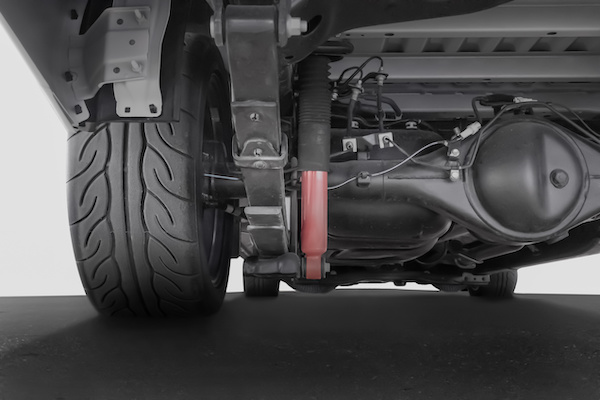
If you're wondering what the difference is between shocks and struts, you're not alone. Many people don't know that there is a difference, or if they do, they're not quite sure what it is. In this blog post, we'll clear up any confusion and explain the difference.
Shocks vs. Struts: What's the Difference?
Shocks
Shocks are a type of suspension component that helps control the movement of your springs. They work by absorbing the impact of bumps in the road, helping to keep your car from bouncing around. There are two main types of shocks: gas-charged and oil-filled.
Gas-charged shocks are filled with nitrogen gas, which helps to keep the shock cool and prevents it from foaming. Oil-filled shocks are filled with hydraulic fluid, which helps to lubricate the moving parts and prevent wear.
Struts
Struts are a type of suspension component that helps support the weight of your car and provide a smooth ride. They work by absorbing the impact of bumps in the road help improve the handling of your car by keeping the wheels in contact with the ground.
There are two main types of struts: coil spring and air spring. Coil spring struts have a coil spring around them. Air spring struts have an airbag inside them, which helps to support the weight of your car and improve its ride quality.
When Should Shocks and Struts Be Replaced?
Shocks
Shocks typically need to be replaced every 50,000 miles or so. However, if you frequently drive on rough roads, your shocks may need to be replaced more often. You'll know it's time to replace your shocks when you start to feel every bump in the road.
Struts
Struts generally need to be replaced every 100,000 miles or so. However, like shocks, this number can vary depending on the type of vehicle you drive and how often you drive it. You'll know it's time to replace your struts when you start to notice that your ride is becoming less smooth and more bouncy.
Suspension Repair in Vienna, VA, Oakton, VA, & Reston, VA
If you need shocks or struts replacement, give Chahel Automotive a call today!